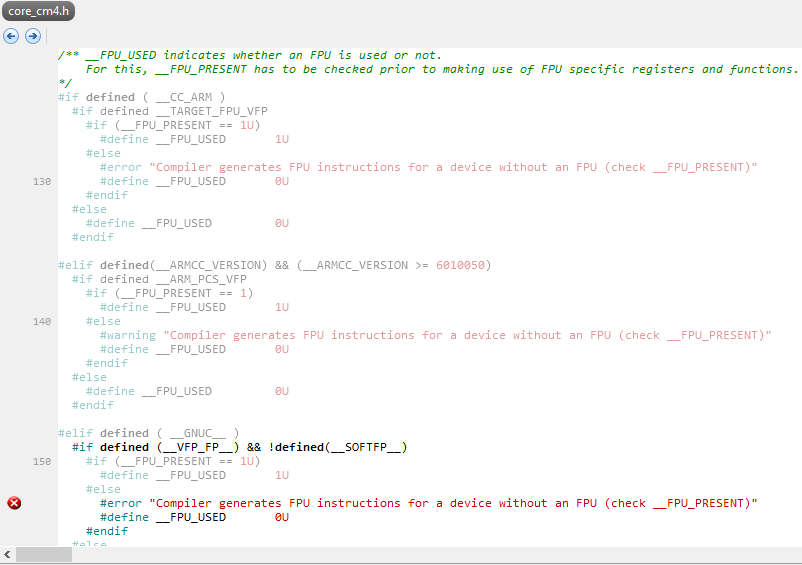

- #Segger embedded studio trouble linking install
- #Segger embedded studio trouble linking drivers
- #Segger embedded studio trouble linking software
- #Segger embedded studio trouble linking license
#Segger embedded studio trouble linking install
Test install with connected converted J-Link board by running JLinkGDBServerCL with CMD.Open System Workbench for STM32 (Eclipse) and do the following: Start the STLinkReflash utility (STLinkReflash.exe).Install SEGGER STLinkReflash utility: Download.
#Segger embedded studio trouble linking software
Install J-Link software package V5.12b or later : Download.
#Segger embedded studio trouble linking drivers
#Segger embedded studio trouble linking license
If you want to enter the market and create ARM based devices the initial expenses are huge: the license for the SEGGER Embedded Studio IDE is quite expensive, the JT-Link with unlimited flash breakpoints for commercial purposes is quite expensive, etc.SEGGER SystemView is a very cool graphical tool for embedded systems that enables the visualisation of run-time behaviour in an application by the recording on configurable events. This way of business is quite frustrating. NOW THE BIG QUESTION: What happens if I use the SEGGER J-LINK EDU or MINI EDU for Proof of Concepts projects within a company and maybe then for commercial porpuses? How they will know? They all support the entire Cortex-M family, which is amazing as I can use any SoC/SiP on the market (nRFx from Nordic Semiconductor, STM32x from ST, NXP, Renesas and so on.) and that's why I would like to buy some SEGGER J-LINK and not a ST-LINK for example, which is very chip, but can only be used on STM's STM8 and STM32. SEGGER J-LINK EDU (for education porpuses) has unlimited Flash Breakpoints feature and only costs 60€ (J-LINK EDU) or 17€ (J-LINK EDU MINI). SEGGER J-LINK BASE does not have unlimited Flash Breakpoints feature and the price with VAT is around 450€. The SEGGER J-LINK PLUS has the unlimited Flash Breakpoints feature however the price with VAT is around 700€. TLDR: What happens if I use the SEGGER J-LINK EDU or MINI EDU for Proof of Concepts projects within a company and maybe then for commercial porpuses? How will they know I'm not using a commercially licensed device? _


 0 kommentar(er)
0 kommentar(er)
